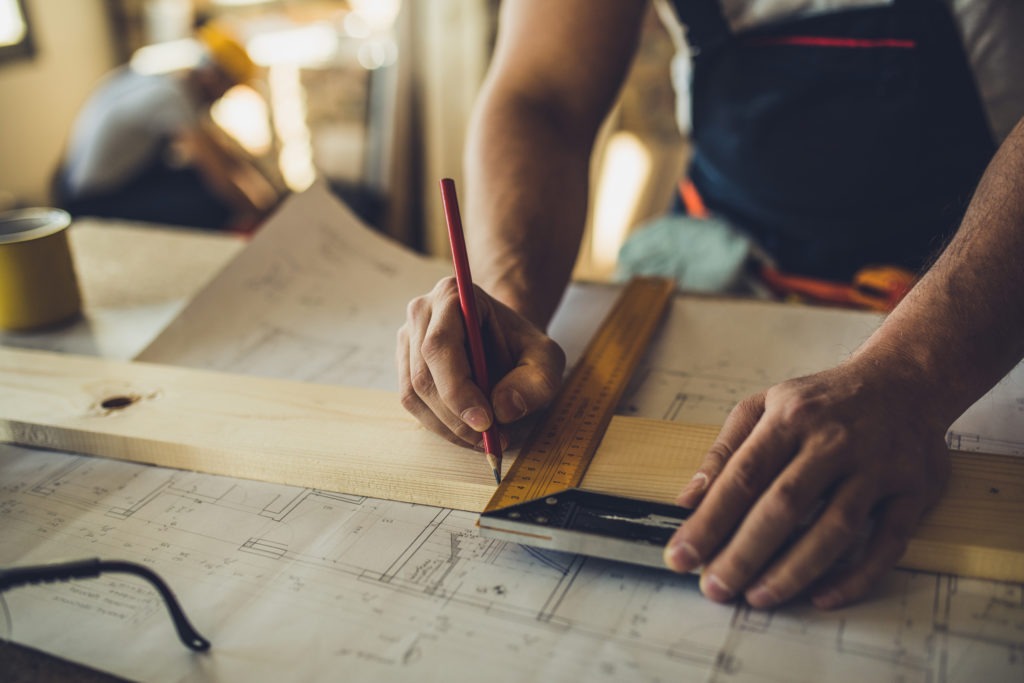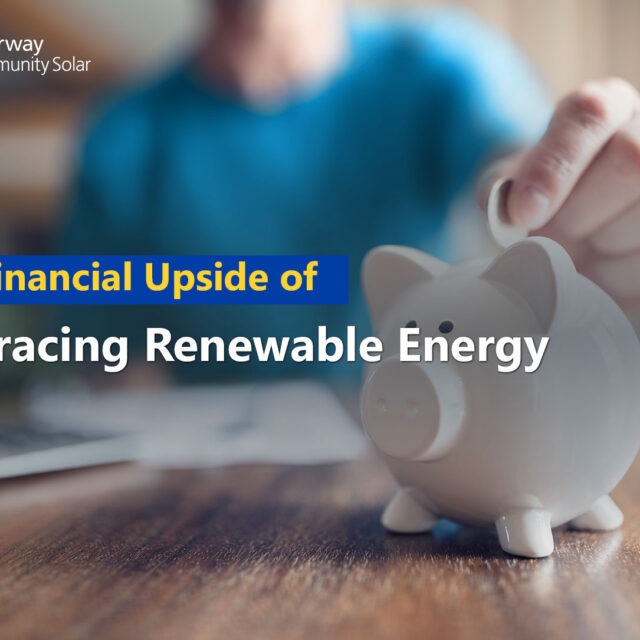
Most remodeling projects start with a basic goal, like redesigning a kitchen for increased functionality or adding a new bedroom for an expanding family. Making changes that are designed to increase energy efficiency are often a secondary goal, but whether you are focused on updating a few rooms, or have several areas of the home that need renovation work, updating your home using green building techniques can have a big impact on your energy consumption. That is something that is both good for the earth and good for your wallet.
Making Energy-Efficient Updates to Your Home
When thinking about a home remodeling project, consider what types of energy-efficient building choices you can incorporate. Depending on the types of updates you want, you’ll likely need to install some new home systems and other features. This may include replacing existing windows and doors with more energy-efficient options, installing a new HVAC system, or replacing an outdated vapor barrier to reduce moisture and make the home more airtight. Making these types of investments during your initial remodeling project is a smart way to manage your energy usage in the future.
Choose Finishes With An Impact
Many people often don’t think about the environmental impact of the finishes in their home. Choosing the right kind of flooring and countertops can go a long way towards not just the energy in your home, but also the energy and natural resources used to manufacture them.
Quartz or terrazzo countertops are not only made to last, but are made with environmental impact in mind. These products are typically made with recycled materials like glass, stone, even shells. They come in more color varieties than natural stone and are extremely sturdy and long-lasting so you spend less on maintenance and replacement over the long-term.
You can also consider alternative flooring options besides traditional wood. Bamboo flooring for example, can be an excellent alternative to wood. Bamboo grows much more quickly that wood, which makes it a much more sustainable product to harvest. It is not an inexpensive product, but tends to tolerate higher traffic areas better than wood, so it is a great long-term option for families as it will likely require less maintenance.
Install Energy Efficient Windows and Doors
If you are remodeling, be sure to save some room in the budget for energy efficient windows. Windows and doors protect your home by keeping the elements out. If you live in an area that sees recurring cold or hot temperatures, ensuring that your home is well insulated from these elements is extra important. Not only will installing energy efficient windows and doors help you keep warm throughout the long winters, it will also save you money on heating costs and lower the amount of greenhouse gases that your home emits into the environment. Choose windows that are Energy Star rated. This non-profit government organization rates windows and doors based on your specific climate zone, so you will be able to choose installation options that make sense for your region.
Getting Your Home Energy Rating
Experts agree that the most important first step in any energy-efficient home remodeling project is to get a certified home energy rating. An energy rating helps homeowners determine what changes will have the most impact in terms of energy savings and usage. Having this rating makes it easy to create a list of the most important goals to accomplish in your remodeling project. To get started, contact your local utility company, as many offer free or discounted services. Independent certified home energy auditors are also a great option. You’ll have to invest a small amount of money (typically less than $500), but the long-term benefits of reducing energy consumption can help you save big down the road.
Think Long-Term for the Best Results
It can be tempting to take on several different areas of the home at once when planning a remodeling project, however, you can get better results while still staying within your budget when you space the work out. Long-term energy efficient remodeling projects can be expensive, but when you have a set list of priorities to work from and are willing to take the time to find the right service providers and financing, it can have a big impact on your path to becoming a zero-energy usage home.
According to zeroenergyproject.org, “Making a long-term remodeling plan for your home is a great way to gradually implement measures that will keep you on the path to zero without over-taxing your budget.” This includes taking care of low-cost measures first, such as replacing standard light bulbs with LEDs and adding low-flow showerheads and faucets to your home. Gradually replacing bigger items, such as windows, roofing systems, and appliances will help you stay within budget and help to ensure that you get the most usage out of your current solutions.









